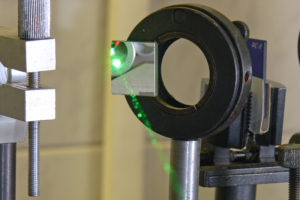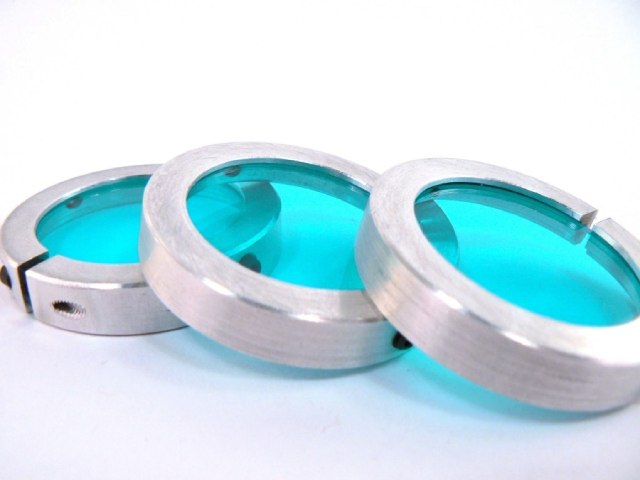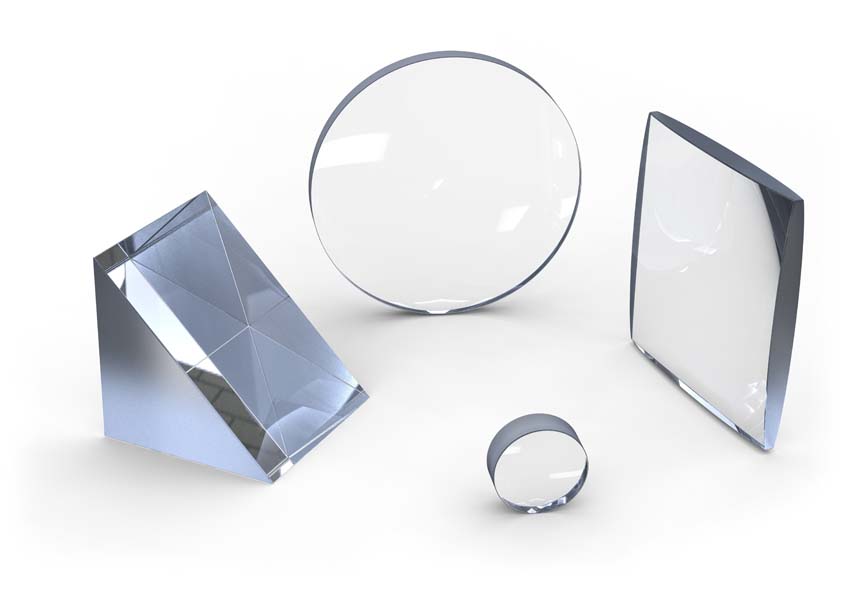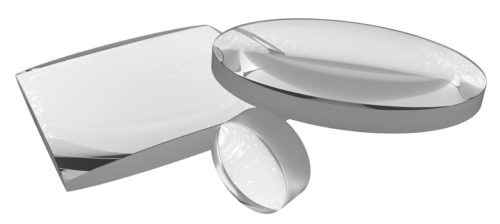Understanding Cylinder Optics: A Comprehensive Overview
Created at : Oct 03 2023
Cylinder optics, also known as cylindrical lenses, play a crucial role in various optical systems and applications. They are specialized optical components designed to manipulate the shape and orientation of light beams in one direction while leaving the other direction unchanged. This unique optical property makes them invaluable in fields such as optics, imaging, and laser technology.
Fundamentals of Cylinder Optics
Cylinder optics are part of the broader category of lenses used to control the behavior of light. Unlike spherical lenses, which focus light in both the horizontal and vertical directions, cylindrical lenses focus or expand light in one direction while leaving the other direction unaltered. This directional manipulation makes them essential for correcting astigmatism and other optical aberrations in imaging systems.
Key Characteristics of Cylinder Optics:
- Cylindrical Surface: Cylindrical lenses have a curved surface that resembles a section of a cylinder. This surface can be either convex or concave, depending on the desired optical effect.
- Focal Line: Unlike spherical lenses, which have a focal point, cylindrical lenses have a focal line. Light parallel to the cylindrical axis converges or diverges along this line while remaining collimated in the orthogonal direction.
- Axis Orientation: The orientation of the cylindrical axis determines how the lens affects light. The axis can be vertical, horizontal, or at any other angle, depending on the application's requirements.
Applications of Cylinder Optics
Cylinder optics find applications in various fields due to their unique capabilities:
- Vision Correction: In ophthalmology, cylindrical lenses are used to correct astigmatism, a common refractive error. By altering the way light enters the eye, cylindrical lenses help achieve clear and sharp vision.
- Laser Systems: Cylindrical lenses are crucial components in laser systems, where they shape and manipulate laser beams for precise cutting, welding, or engraving. They are often used to convert circular laser beams into elongated or rectangular shapes.
- Optical Imaging: In optical instruments like microscopes and cameras, cylindrical lenses are employed to correct distortions and aberrations, ensuring the accuracy and clarity of images.
- Bar Code Scanners: Cylindrical lenses are used in barcode scanners to create a line of laser light that can scan the barcode efficiently.
- Projection Systems: In projectors, these lenses help shape and align light beams to create sharp and rectangular images on screens or surfaces.
- Optical Metrology: Cylindrical lenses are essential for precise measurements of objects in one dimension, making them valuable in metrology applications.
Significance in Modern Technology
Cylinder optics have become indispensable in the modern world of technology and industry. Their ability to shape and manipulate light beams in a controlled manner contributes to advancements in various fields, including medical devices, manufacturing, and telecommunications.
Furthermore, ongoing research and development efforts continue to improve the design and manufacturing of cylinder optics. This leads to enhanced performance, reduced aberrations, and more compact optical systems, making them even more valuable in cutting-edge technologies.
Conclusion
Cylinder optics, with their unique ability to control the direction of light in one dimension, are essential components in a wide range of applications. From vision correction to laser technology and optical imaging, these lenses play a pivotal role in ensuring precise, clear, and efficient performance. As technology continues to advance, the importance of cylinder optics in shaping the future of optics and photonics cannot be overstated.

 CUSTOM OPTICAL FILTERS
CUSTOM OPTICAL FILTERS
 OPTICAL WINDOWS
OPTICAL WINDOWS
 OPTICAL COATINGS
OPTICAL COATINGS
 UV OPTICS
UV OPTICS
 CYLINDRICAL OPTICS
CYLINDRICAL OPTICS
 CUSTOM TEMPERED OPTICS
CUSTOM TEMPERED OPTICS
 OPTICAL MIRRORS
OPTICAL MIRRORS
 NEUTRAL DENSITY
NEUTRAL DENSITY
 PRISMS & RETROREFLECTORS
PRISMS & RETROREFLECTORS
 ASSEMBLIES
ASSEMBLIES
 OPTICAL LENSES
OPTICAL LENSES
 NIGHT VISION FILTERS
NIGHT VISION FILTERS
 ACHROMATIC LENSES
ACHROMATIC LENSES
 OPTICAL BEAM SPLITTERS
OPTICAL BEAM SPLITTERS
